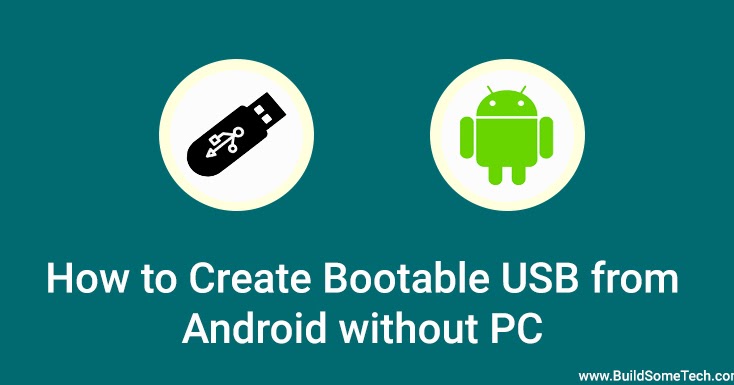

- #CREATE WINDOWS 10 BOOTABLE USB FOR ANOTHER PC INSTALL#
- #CREATE WINDOWS 10 BOOTABLE USB FOR ANOTHER PC WINDOWS 8.1#
- #CREATE WINDOWS 10 BOOTABLE USB FOR ANOTHER PC PC#
This will Boot using the FAT32 BOOT Partition which will use the files on the NTFS INSTALL Partition during the Windows Setup. The Boot Mode should be set to UEFI and Secure Boot should be ON. Power it up and press to access the BIOS Boot Menu. Power off your Dell Computer and insert your Bootable USB. Note it may take several minutes for the large files to fully copy over to your USB. In this sources folder copy the boot.wim file from the original sources folder of the ISO.Ĭopy all the files/folders from the Windows Installation ISO to the INSTALL Partition. In its place create your own sources folder. Windows will let you know how big the recovery partition is, and you'll need a USB flash drive at least that big.
#CREATE WINDOWS 10 BOOTABLE USB FOR ANOTHER PC WINDOWS 8.1#
Windows 8.1 includes a built-in tool to create a USB recovery drive.
#CREATE WINDOWS 10 BOOTABLE USB FOR ANOTHER PC PC#
Then Format the File System with the NTFS.Ĭopy all the files/folders from the Windows Installation ISO to the BOOT Partition except for the sources folder. To save space on your PC, you can delete the recovery image from your PC and use a recovery drive instead.

Assign the following drive letter e.g.Use the default value for the Simple Volume Size in MB (which will span the rest of the USB Flash Drive).

Right click it and select Format once again selecting FAT32 and ensuring the Volume Label is BOOT. This nifty little all-purpose tool works to install whichever Windows 10 version it contains. If the USB partition does not say FAT32 and instead says RAW. Microsoft makes it easy to create a bootable USB Flash drive for Windows 10.


 0 kommentar(er)
0 kommentar(er)
